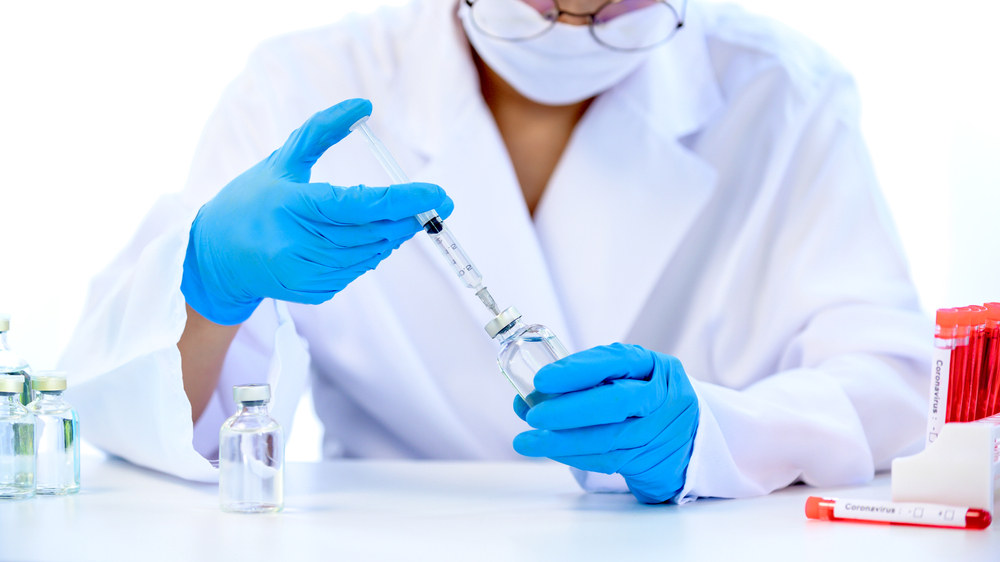
The Trump administration appointed last week Dr. Moncef Slaoui and U.S. Army General Gustave F. Perna to lead the advancement of Operation Warp Speed, a program to accelerate the development, manufacturing, and distribution of COVID-19 medical countermeasures.
Slaoui, a former Chairman of both Global Research and Development and Global Vaccines at GlaxoSmithKline, will serve as the program’s chief advisor. Perna, a four-star general in charge of the U.S. Army Materiel Command, will act as its chief operating officer.
Operation Warp Speed aims to have substantial quantities of a safe and effective vaccine available by January 2021.
“Dr. Slaoui and General Perna are ideal leaders for this unprecedented effort to get vaccines, therapeutics, and diagnostics to American patients much faster than ever before,” Health and Human Services (HHS) Secretary Alex Azar said. “Since January, America’s scientists and innovators have been working day and night on this national effort. President Trump has refused to accept business-as-usual timelines for vaccines and other essential tools, and instead has insisted that America, and the world, needs answers faster.”
As the program’s new leadership demonstrates, Operation Warp Speed is a public-private partnership. It will coordinate existing efforts with new ones, and career HHS scientists will oversee each countermeasure area — vaccines, diagnostics, and therapeutics. Department of Defense (DoD) subject matter experts will support these efforts in areas including diagnostics, therapeutics, vaccines, production and distribution, and security and assistance. Further, the program has highlighted three areas of focus for its efforts: development, manufacturing, and distribution.
Almost $10 billion in supplemental funding previously allocated by Congress will be used to get Operation Warp Speed moving, including more than $6.5 meant for countermeasure development at the Biomedical Advanced Research and Development Authority and another $3 billion for research at the National Institutes of Health.




